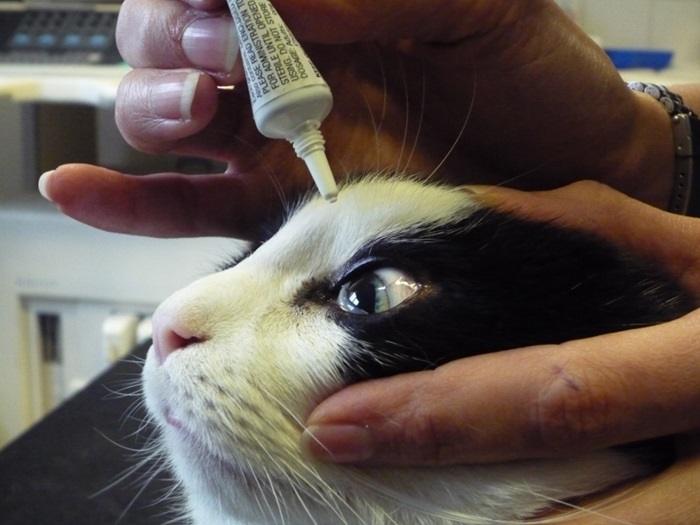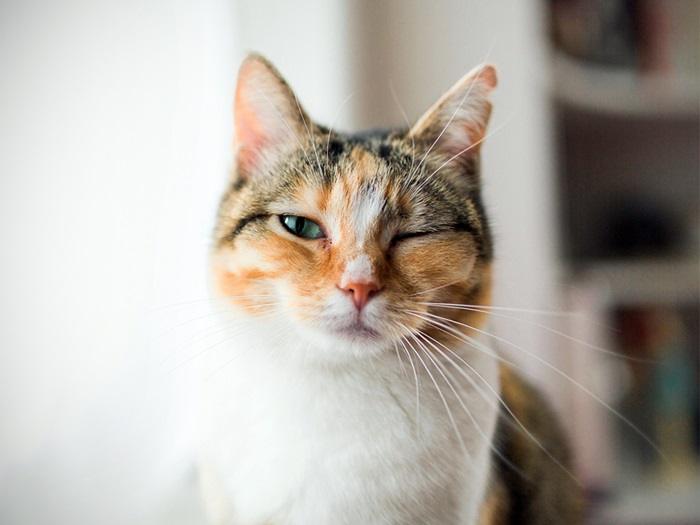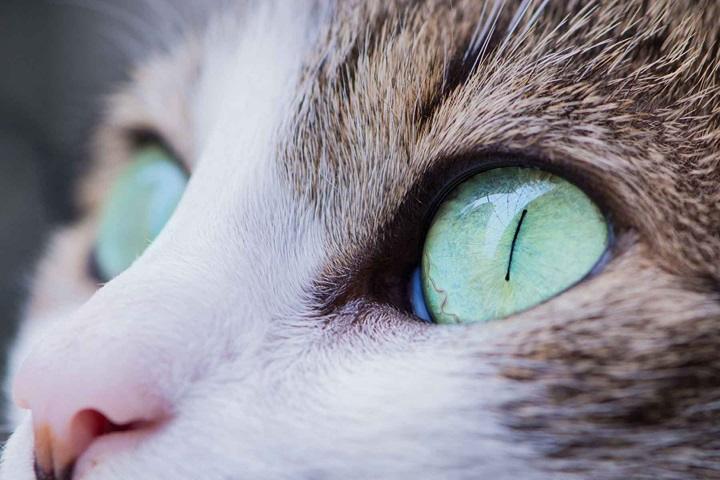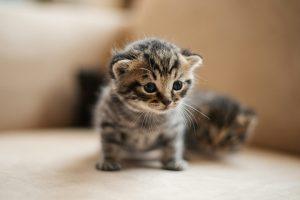Cats, like humans, can experience eye problems that may require medical attention, including the use of eye drops. Whether it’s for treating infections, reducing inflammation, or managing dry eye, eye drops for cats are a common solution. This guide will provide essential information about eye drops for cats, covering their uses, types, benefits, and how to properly administer them. By the end, you’ll have a comprehensive understanding of how to take care of your cat’s eye health.
What Are Eye Drops for Cats?

Eye drops for cats are liquid medications specifically designed to treat various eye conditions. Cats, just like humans, can suffer from eye infections, conjunctivitis, dry eye, or other eye-related issues that require medicinal intervention. These eye drops are formulated to target specific symptoms, such as irritation, redness, or excess discharge, helping to alleviate discomfort and promote healing.
Why Do Cats Need Eye Drops?
Cats may need eye drops for several reasons, ranging from temporary irritation to chronic eye conditions. Some of the common reasons for using eye drops include:
- Conjunctivitis: Inflammation of the tissue around the eye.
- Dry Eye: Insufficient tear production leading to dryness and irritation.
- Allergies: Triggered by environmental factors like pollen, dust, or certain foods.
- Infections: Bacterial, viral, or fungal infections affecting the eyes.
- Injury: Physical trauma to the eye that can cause swelling or infection.
Using the right eye drops can help your cat recover faster and improve their quality of life.
Types of Eye Drops for Cats
There are different types of eye drops available, depending on the condition being treated. These include:
1. Antibiotic Eye Drops
These are commonly prescribed to treat bacterial infections in cats. They work by eliminating the bacteria causing the infection and reducing inflammation. Common antibiotics used in eye drops include gentamicin and neomycin.
2. Steroid Eye Drops
Steroid eye drops are used to reduce inflammation in the eye caused by allergies or other inflammatory conditions. While effective, they should be used cautiously and only under veterinary guidance since steroids can increase the risk of secondary infections.
3. Artificial Tears
For cats suffering from dry eye, artificial tear drops help to provide moisture and alleviate discomfort. They mimic natural tears and keep the eyes hydrated, providing relief from dryness.
4. Antiviral Eye Drops
These are used to treat viral infections, like feline herpesvirus, which is a common cause of eye issues in cats. Antiviral drops help control the infection and reduce symptoms such as eye discharge and redness.
5. Anti-inflammatory Drops
These are used to manage inflammation in the eyes caused by injuries, allergies, or other conditions. They help reduce swelling and provide relief from pain.
How to Administer Eye Drops to Your Cat
Administering eye drops to a cat can be challenging, but it’s essential for their health. Here’s a step-by-step guide on how to properly apply eye drops to your feline friend:
Step 1: Prepare the Environment
Find a calm and quiet area where your cat feels comfortable. If possible, have someone help you hold the cat still, as they may resist the procedure.
Step 2: Gather Supplies
Have the eye drops ready along with any towels or soft cloths you might need to catch excess medication or wipe away discharge from your cat’s eyes.
Step 3: Hold Your Cat Securely
Gently hold your cat, ensuring they are calm. Wrap them in a towel if necessary to prevent them from squirming or scratching.
Step 4: Administer the Drops
Hold the eye drop bottle in your dominant hand. Use your other hand to gently lift your cat’s upper eyelid, exposing the eye. Carefully squeeze one or two drops into the eye without touching the eye directly with the dropper. Be careful not to squeeze too hard, as excessive drops may cause discomfort.
Step 5: Close the Eye and Massage
After administering the drops, gently close your cat’s eye and massage the area around it to help distribute the medication evenly.
Step 6: Reward and Reassure
Praise your cat and offer a treat after the procedure to reinforce positive behavior and make future eye drop administrations easier.
Common Side Effects of Eye Drops for Cats
While eye drops are generally safe, they can sometimes cause side effects. Common side effects include:
- Irritation or redness: Some cats may experience initial discomfort or redness in the eyes after administering eye drops.
- Excessive tearing: This can occur as the eyes adjust to the medication.
- Hypersensitivity: Some cats may develop an allergic reaction to certain ingredients in the eye drops, leading to swelling, itching, or redness.
If you notice any unusual symptoms or your cat appears to be in pain, contact your veterinarian for advice.
How to Choose the Right Eye Drops for Your Cat

Choosing the right eye drops for your cat depends on the condition being treated. Always consult with your veterinarian before using any eye drops, as they can recommend the best treatment for your cat’s specific needs. Your vet will consider factors such as the underlying condition, the severity of the symptoms, and your cat’s overall health before prescribing eye drops.
Consult Your Veterinarian
Before buying over-the-counter eye drops, it’s crucial to consult with your vet. Some conditions, like infections or injuries, may require prescription eye drops, which should be used under professional guidance.
Look for Cat-Specific Formulations
Never use human eye drops for cats, as they can contain ingredients that are toxic to them. Always choose eye drops that are specifically designed for cats to ensure safety and effectiveness.
FAQs About Eye Drops for Cats
1. Can I use human eye drops for my cat?
No, human eye drops should never be used for cats. They may contain harmful ingredients. Always use eye drops formulated specifically for cats.
2. How often should I give my cat eye drops?
The frequency of eye drop administration depends on the specific condition being treated. Your veterinarian will provide clear instructions on how often and for how long to administer the drops.
3. My cat hates eye drops, what can I do?
It can be challenging to administer eye drops to cats. Try wrapping your cat in a towel to hold them still and stay calm. Offering treats afterward may help reinforce positive behavior.
4. What are the signs my cat needs eye drops?
Signs include watery eyes, redness, squinting, or excessive discharge. If you notice these symptoms, consult your vet to determine if eye drops are necessary.
5. Can eye drops cure all eye infections in cats?
Eye drops are effective for many eye conditions, but not all. If your cat’s eye problem persists, contact your vet for further diagnosis and treatment.
Taking care of your cat’s eye health is essential, and using the right eye drops can significantly help in treating various conditions. Whether it’s for infections, allergies, or dryness, eye drops are a valuable tool in ensuring your cat’s eyes stay healthy and free from discomfort. Always consult with your veterinarian for the right diagnosis and treatment plan for your cat’s eye care needs.




